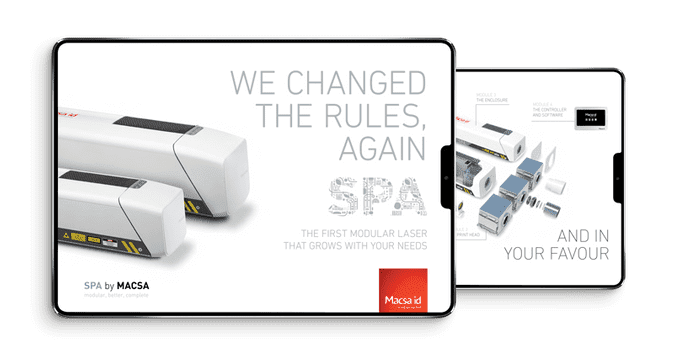According to the AECOC Food Safety Committee, traceability “is the set of those pre-established and self-sufficient procedures that mean that the history, location and distribution of a product or batch of products can be tracked at any given time along the supply chain, through the use of certain tools.”
Many of us have in our minds different cases of contaminated food products that have reached the final consumer and have generated scandals in the defence of both human and animal health. Food safety is the most important thing that must be provided to the consumer, since factors such as taste, smell or colour can be considered to be objective, but safety can never be negotiable.
Traceability has been mandatory since the beginning of 2005, due to the general requirements of food legislation that came into force on January 28th 2002, allowing the product to be tracked at all times, from its origin and manufacture, until it becomes a consumer product (whether it is at a distributor or a supplier …):
- Upward traceability: backward product tracking, that-is-to-say, tracking from the supplier of the product to its arrival at the company. The lot number or expiry date contain the data that can identify the product in this type of traceability.
- Internal or process traceability: monitoring of the different processes within the company itself.
- Downward traceability: forward product tracking that allows the company to track exactly which products have been dispatched and what their destination has been.
Knowing which products have been dispatched, when, how and to whom, allows greater control of the product and limits possible risks in the company.
The information chain of each product depends on the type of goods being coded. Products such as beef, dairy products, fish, eggs and pharmaceutical products have their own legislation regarding traceability.
Choosing the best technology to mark or code a product depends on the type of the external material of the product:
· Laser for packaging: specialised to code on paper, cardboard, laminated film, metal, glass, labels, wood, cork, PET or directly on food.
· Industrial laser: marks on metal, plastic, ceramics, glass, wood, rubber and PVC.
· Pre-cut laser: allows cutting and coding on laminated film and aluminium such as blister packs.
· Injection ink: ideal for coding on paper, cardboard, laminated film, metal, glass, labels, food, wood, plastic, labels, PET, PVC, ceramics and rubber.
· Thermal transfer: laminated film and metal/aluminium
· Labelling: paper, cardboard, laminated film, metal, glass, wood, plastic, PET, clay, wood and PVC.
If you are interested in finding out which is the best technology for your product, please do not hesitate to contact us; we are specialists in finding the optimum solution for your production chain.


